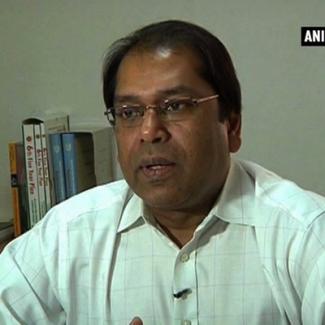The Exchange Rate and Economic Growth: An Empirical Study on Bangladesh
This paper aims to understand the effects of exchange rate changes on economic growth in Bangladesh. It makes use of a Keynesian analytical framework to derive an empirical specification, carefully constructs a real exchange rate series, and employs cointegration techniques to determine the output response to taka depreciations. The results show that in the long run a 10 per cent depreciation of the real exchange rate is associated with a 3.2 per cent rise in aggregate output. A contractionary effect is however observed in the short-run so that the same magnitude of real depreciation would result in about half a per centdecline in GDP. While the long-run expansionary effect of real depreciations may appeal for considering the role of exchange rate policy as a development strategy, the evidence of very high degree of exchange rate pass-through to consumer prices would severely constrain such an option. For Bangladesh the need for maintaining external competitiveness and promoting growth remains a delicate task for policymakers as it involves managing an exchange rate regime accompanied by other consistent macroeconomic policies. Notwithstanding, rather than pursuing an effectively fixed nominal exchange rate until external imbalances become unsustainable, a more pragmatic approach will be to tolerate creeping depreciations that would avoid any significant contractionary effect in the short run while allowing for improved competitiveness and output growth in the long run.





